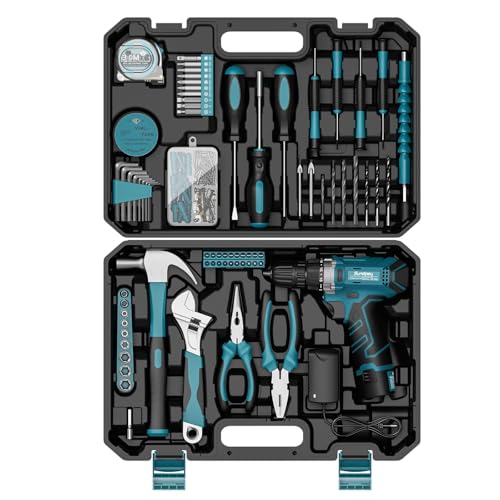I agree it would be nice for someone to perform a controlled test of B vs D mode in local and highway driving, and I also agree the efficiency differences come down to how hard you need to brake and how often you need to brake for a given trip. Regen braking and accelerating is less efficient than coasting because regen does not fully recover the kinetic energy of the car - I believe regen is ~40% efficient in converting kinetic energy to battery chemical energy.
It's closer to 30% efficient. I've reverse-engineered the numbers based on numerous range tests people have conducted online. And the highest I've calculated has been about 35%. This is why race cars use a flywheel to recapture energy from braking (KERS). Because it's storing (linear) kinetic energy as (rotational) kinetic energy, there's less loss and they can hit about 70%-75% efficiency. In contrast a electric regenerative braking system has numerous losses. Kinetic energy > magnetic > electric > chemical (stored in battery) > electric > magnetic > kinetic. Each '>' step in that chain loses a bit of energy. (Yeah, it's a common misconception that batteries store electricity. They don't; they use the electricity to drive a chemical reaction which stores the energy as chemical potential energy.)
If you're constantly driving in stop and go traffic, then B mode is fine. But if you're trying to use the least energy, you want to accelerate slightly past your target speed, then let off the accelerator to coast for a while. And when you're a bit below your target speed, give it a bit more acceleration to go past the target speed. Repeat. Basically the same as hyper-miling that hybrid owners figured out a decade ago.
Likewise, if you're approaching a light, let off the accelerator early so your speed drops as you get closer. If it turns yellow/red, you can quickly drop it into B mode, and the fact that you've slowed down means you lose the least energy to the inefficient regenerative braking. If it says green, you can just speed up again to get through the intersection.
Actual peak efficiency will depend on hotel vs dynamic load though. e.g. I'm running the AC full blast in the summer, so it'll actually save energy if I get to my destination quicker. Gradually coasting to a stop in D mode and foot off both pedals uses less energy for moving the car. But the extra time it takes getting somewhere doing that means the AC runs for longer, and the AC ends up using more extra energy than coasting to a stop saves. (I've been trying to figure out how many kW the AC uses, but it's tough because (1) temperature varies, and (2) the AC's radiator is less effective when it's cooled via a fan rather than air going through the grill as the car moves.)
I haven't been able to figure out if there's an efficiency difference between D1, D2, D3, and B. Theoretically I would think D1 is more efficient. But the tests I've done haven't been able to detect it. (Start at same speed, and put it into D1 vs B timed so you stop at the same location. Then look at the Wh the car's display says you recouped in that braking event. It's a bit of a PITA because that display seems to update once a minute or few minutes (been a while since I tested this), but doesn't tell you when an update ticks. So it can annoyingly update in the middle of a test run.)


































